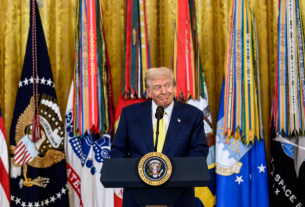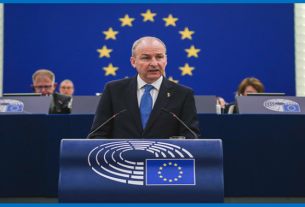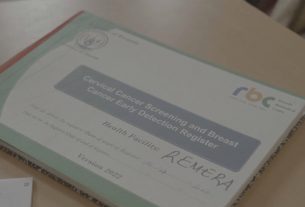The Biden administration has undertaken significant initiatives regarding student loan forgiveness and reform since taking office in January 2021. Here’s an in-depth look at key components and developments in their student loan program to date:
1. Student Loan Forgiveness Initiatives
a. Targeted Debt Relief
- Public Service Loan Forgiveness (PSLF) Program: The Biden administration has made reforms to the PSLF program, which allows borrowers working in public service jobs to have their loans forgiven after 120 qualifying payments. Changes include:
- A temporary waiver allowing borrowers to receive credit for payments that were previously ineligible.
- Simplifying the application process and providing better guidance.
b. Broad-Based Forgiveness Plans
- In August 2021, President Biden announced a plan to forgive $10,000 in federal student loans for borrowers earning under $125,000, with an additional $10,000 for Pell Grant recipients. This initiative faced legal challenges and has been stalled in the courts.
2. Income-Driven Repayment (IDR) Plans
- The administration has proposed reforms to IDR plans to make them more accessible and beneficial. Key proposals include:
- Reducing the percentage of discretionary income that borrowers must pay each month.
- Ensuring that borrowers receive credit for months spent in deferment or forbearance.
3. Loan Cancellation Efforts
- Following a Supreme Court ruling in June 2023 that blocked the broad student loan forgiveness plan, the administration pivoted to emphasize other forms of debt relief, including:
- Increased outreach for borrowers eligible for existing forgiveness programs.
- Strengthening partnerships with states and nonprofits to help borrowers navigate the repayment process.
4. Interest Rates and Repayment Plans
- The Biden administration has also tackled interest rates on federal student loans, although it hasn’t made sweeping changes. They have focused on extending the payment pause, which started in March 2020 due to the COVID-19 pandemic, initially set to end in August 2023 but was extended through various means.
5. Administrative Changes and Outreach
- Enhancements to the Department of Education’s administrative capacity have been made to improve loan servicing and customer support. This includes:
- Increasing funding for loan servicers to provide better support.
- Expanding outreach programs to inform borrowers of their options, including relief programs and repayment plans.
6. Impact on Borrowers and Education Policy
- The changes aim to alleviate the burden of student debt, especially for low- and middle-income borrowers. They reflect a broader recognition of the student debt crisis in the U.S., where approximately 45 million Americans hold student loan debt totaling over $1.7 trillion.
7. Future Directions
- Looking ahead, the administration is expected to continue advocating for more substantial reforms to the higher education financing system, including:
- Exploring free community college options.
- Supporting legislation that addresses the root causes of rising tuition and student debt.
Conclusion
The Biden administration’s student loan program has seen both ambitious goals and significant challenges. While some initiatives have succeeded in providing relief to targeted groups, broader plans have faced legal hurdles. The administration continues to seek ways to navigate these complexities while addressing the long-standing issues surrounding student debt in the U.S.



